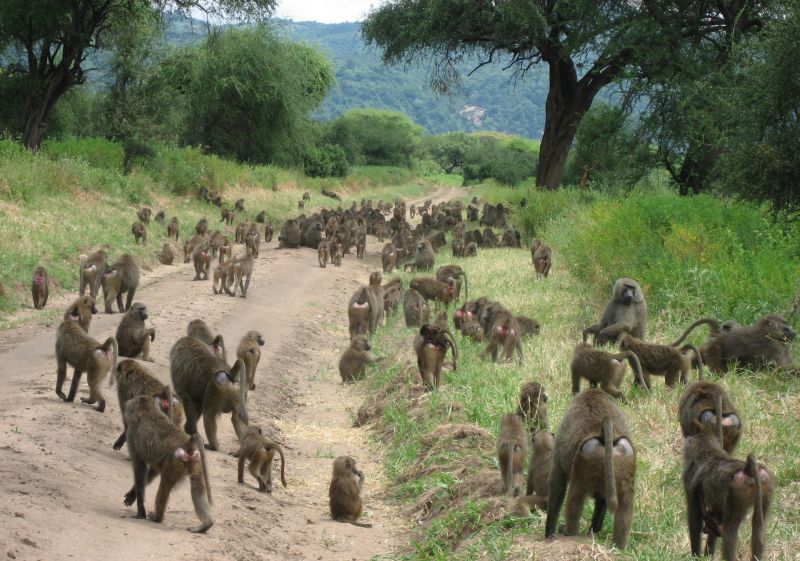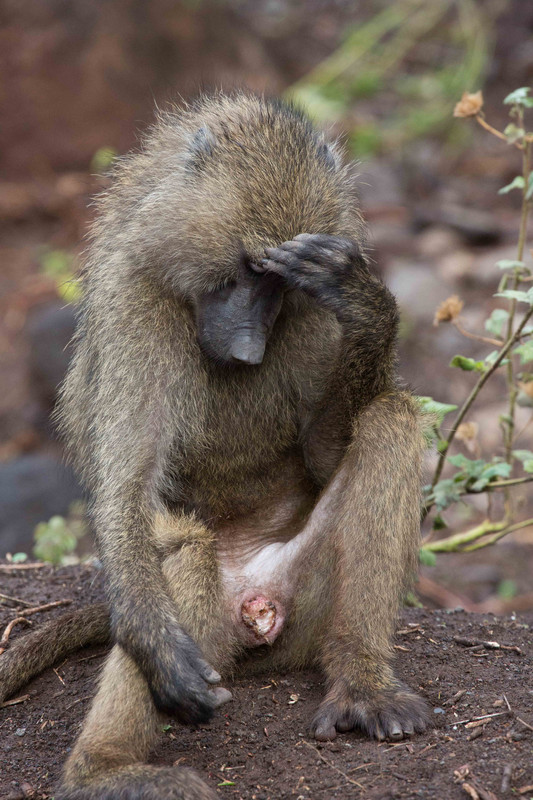Infectious disease yaws is to be eradicated

With the implementation of a new treatment strategy, the World Health Organization intends to eradicate the tropical disease yaws by 2020. The disease is one of the neglected tropical diseases, which often occur in the poorest countries of the world with inadequate treatment. Initially an infection causes skin ulcers on the face and the limbs, which lead to the destruction of bone and cartilage tissue and eventually in the later stages to irreparable deformations of the skeleton. An international team of infection researchers, which includes Sascha Knauf of the German Primate Center, summarized in a current article key research approaches in the fight against the disease with recommendations to meet the challenges of a large-scale WHO campaign. The origin as well as the transmission of yaws remains unclear. Contrary to previous assumptions, the researchers suspect a natural reservoir of the yaws pathogen in wild primates. (The Lancet Infectious Diseases, 2015).
The World Health Organization (WHO) is currently focusing on 17 neglected tropical diseases that are not fatal but during their most chronic course, could lead to disfigurement and disabilities among those affected. In addition to yaws, this category includes, the onchocerciasis caused by nematodes as well as elephantiasis. For the treatment of these two diseases, the scientists William C. Campbell and Satoshi Omura have recently received the 2015 Nobel Prize in medicine.
Yaws is caused by the bacteria Treponema pallidum ssp. pertenue, a subspecies of the syphilis pathogen Treponema pallidum ssp. pallidum. In contrast to this venereal diseases, yaws is not a sexually transmitted disease but is mainly transmitted through direct skin contact. Yaws can be treated with antibiotics. Already in the 1950s and 1960s, the WHO led a large-scale campaign to eradicate the disease. Some 300 million people were treated with penicillin injections in 50 countries. While this led to a 95 percent decline of the disease, it could not completely eradicate it. In 2007, the WHO announced the return of the almost forgotten disease in Africa, Southeast Asia and the Pacific regions. Yaws was recently detected in 13 tropical countries and is particularly prevalent in Papua New Guinea, Ghana and Indonesia.
In 2012, a study in Papua New Guinea by the infection researcher Oriol Mitjà showed that yaws is treatable with a single antibiotic tablet known as azithromycin (The Lancet, 2012). Since azithromycin is more tolerable than penicillin and swallowing a tablet is much easier than administering a syringe, a new campaign was launched by the WHO in the same year. The aim of this operation is to eradicate the disease by 2020 (WHO - Weekly Epidemiological Records, 2012).
In the past three years pilot projects have been launched in countries such as Ghana, Vanuatu and Papua New Guinea. "In the course of the program, new issues and challenges that we must address in order to completely eradicate the disease have arisen", says Sascha Knauf, a scientist in the Pathology Unit of the German Primate Center. He conducts research on various strains of Treponema bacteria that generally infects monkeys. “One of the key questions is whether the yaws pathogen is transferable between primates and humans. Should that be the case, it would have an enormous impact on the success of the WHO campaign, because the monkeys represent a never-ending source of infection for humans", he says.
It was previously assumed that yaws was only found in humans since it had no natural reservoir in the animal kingdom. Along with his research team, Sascha Knauf could in 2012 prove the existence of the pathogen in olive baboons in Tanzania. (Veterinary Pathology, 2012). The animals develop ulcers on their genitals that are similar to those caused by the syphilis pathogen in humans", he explains. "Through subsequent genetic testing, we have found that the bacterial strain in the baboons is genetically similar to the yaws pathogen in humans."
The disease was also detected in gorillas and chimpanzees. Especially in gorillas the classic yaws symptoms of skin lesions in the face were visible. Infected primate types can be found in Africa where the disease is more common amongst humans. Through this information, Sascha Knauf finds an indication of the transmission of the disease between humans and primates. Since primates are kept as pets or eaten in certain African tribes, contact during hunting or in the preparation of food can cause the transmission of pathogens.
"Diseases such as smallpox or polio could also therefore be successfully combated, because they had no reservoir in the animal kingdom," Sascha Knauf summarizes. "If primates are also carriers of the yaws pathogen, this fact must be considered in the new WHO program. The health of humans and animals is inextricably linked. Only through a “One-Health-Approach” through cooperation and research, yaws can be eradicated. Through this approach we will ultimately not only protect humans, but also many endangered primate species.“
Original publication
Marks M, Mitja O, Vestergaard LS, Pillay A, Knauf S, Chen CY et al. (2015): Challenges and key research questions for yaws eradication. The Lancet Infectious Diseases. doi: 10.1016/S1473-3099(15)00136-X. PubMed PMID: 26362174

![Eine Kultur des Bakteriums Treponema pallidum. Foto: David Cox, by Photo Credit: Content Providers(s): CDC/ Dr. David Cox [Public domain], via Wikimedia Commons Eine Kultur des Bakteriums Treponema pallidum. Foto: David Cox, by Photo Credit: Content Providers(s): CDC/ Dr. David Cox [Public domain], via Wikimedia Commons](/fileadmin/_processed_/a/8/csm_TreponemaPallidum_neu_news_d790126aa8.jpg)

